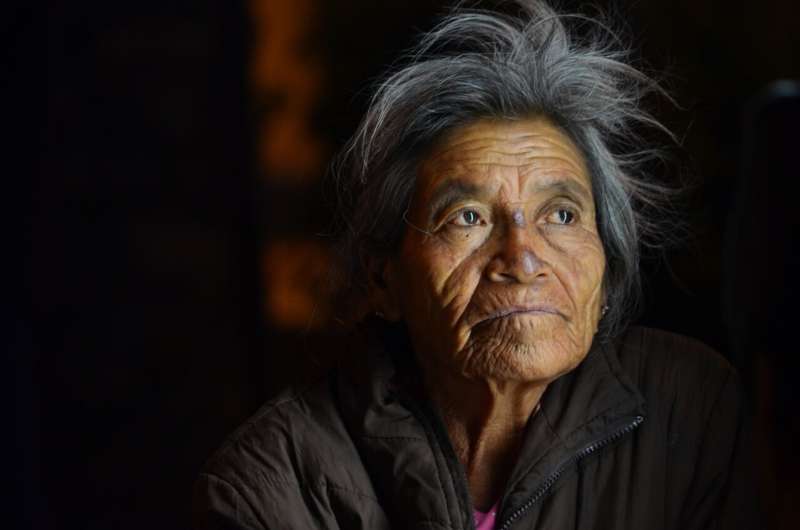
Black women reach menopause 8.5 months earlier than white women and have worse symptoms such as hot flashes, depression and sleep disturbances, but are less likely to receive hormone therapy, as well as medical and mental health services.
Those were some of the findings of a review of 25 years of research based on the Study of Women’s Health Across the Nation, or SWAN, a longitudinal multiracial/ethnic cohort study of midlife women.
Although SWAN did not explicitly assess structural racism, researchers reviewed more than 100 studies that examined racial ethnic differences with socioeconomic disadvantage and life contexts as proxy indicators of structural racism. Their findings are published in Women’s Midlife Health.
“Our analysis suggests that the enduring influence of structural racism—differential access to the goods, services and opportunities of society by race—is a major contributor to the health disparities between Black and white women in the midlife,” said lead author Siobán Harlow, professor emeritus at U-M’s School of Public Health.
“Drawing the information of multiple publications together helps us provide a deeper understanding and suggest new avenues for research. It forces us to reflect and reframe how we think about examining race and ethnicity.”
More than 500 studies have been conducted with SWAN data, which in 1996 enrolled about 3,300 women, ages 42-52, and followed them thorough menopause and into early old age, and is still ongoing. Until now, researchers say, there had been no effort to look at racial health disparities in the research at a macro level.
For this analysis, Harlow and colleagues set out to understand the differences between Black and white women, considering that the participants were born into and educated during the Jim Crow era.
“That framed Black women’s experience. It framed their access to education. It framed their access to health care, to housing,” Harlow said. “We looked at the body of research that SWAN has produced to better understand what we have learned overall about Black/white health disparities.
“One aspect was to bring the full health disparity story together across the large range of health outcomes SWAN has examined. We then tried to gain a deeper understanding of the health implications of the differential life context of Black women compared to the white women and to explicitly acknowledge that these different life contexts carry different risks.”
The researchers evaluated the differences in experiences of the menopause transition of Black and white women using proxy exposures such as socioeconomic characterisrics, everyday discrimination and life stressors to evaluate the impact of racism on health outcomes in six areas: menopause symptoms, sleep, mental health, health-related quality of life, cardiometabolic health and physical function.
At baseline, 46% of Black women, compared to 37% of white women, reported experiencing vasomotor symptoms, and 27% of Black women reported clinically significant depressive symptoms, compared to 22% of white women.
Also, Black women already had a greater disease burden than white women, were more likely to self-report being in poor health, more likely to be obese and more likely to have metabolic syndrome, diabetes and hypertension. Over the course of follow-up, Black women were also more likely to have metabolic syndrome, diabetes, hypertension and depression.
According to the analysis, Black women were:
- 50% more likely than white women to report hot flashes
- More likely than white women to experience incident depression over 7 years of follow-up
- Less likely to self-report sleep problems but more likely to have objectively measured poor sleep quality
- More likely than white women to meet criteria for recommending preventive intervention but more likely to have untreated hypertension and less likely to use statins (cholesterol reducing medication)
- 22% were more likely to report having substantial limitations in physical functioning
“It is clear that discrimination and structural racism play an important role in health broadly but getting the full story is difficult,” Harlow said. “It’s putting each of the little pieces together and understanding the overall picture—how do we integrate and understand the difference in the experience of the menopausal transition as a whole.
“And some of that story is, for instance, greater probability of hot flashes but less probability of treatment for hot flashes, greater risk of hypertension but less treatment for hypertension, greater risk of depression but less treatment for depression.
Source: Read Full Article
